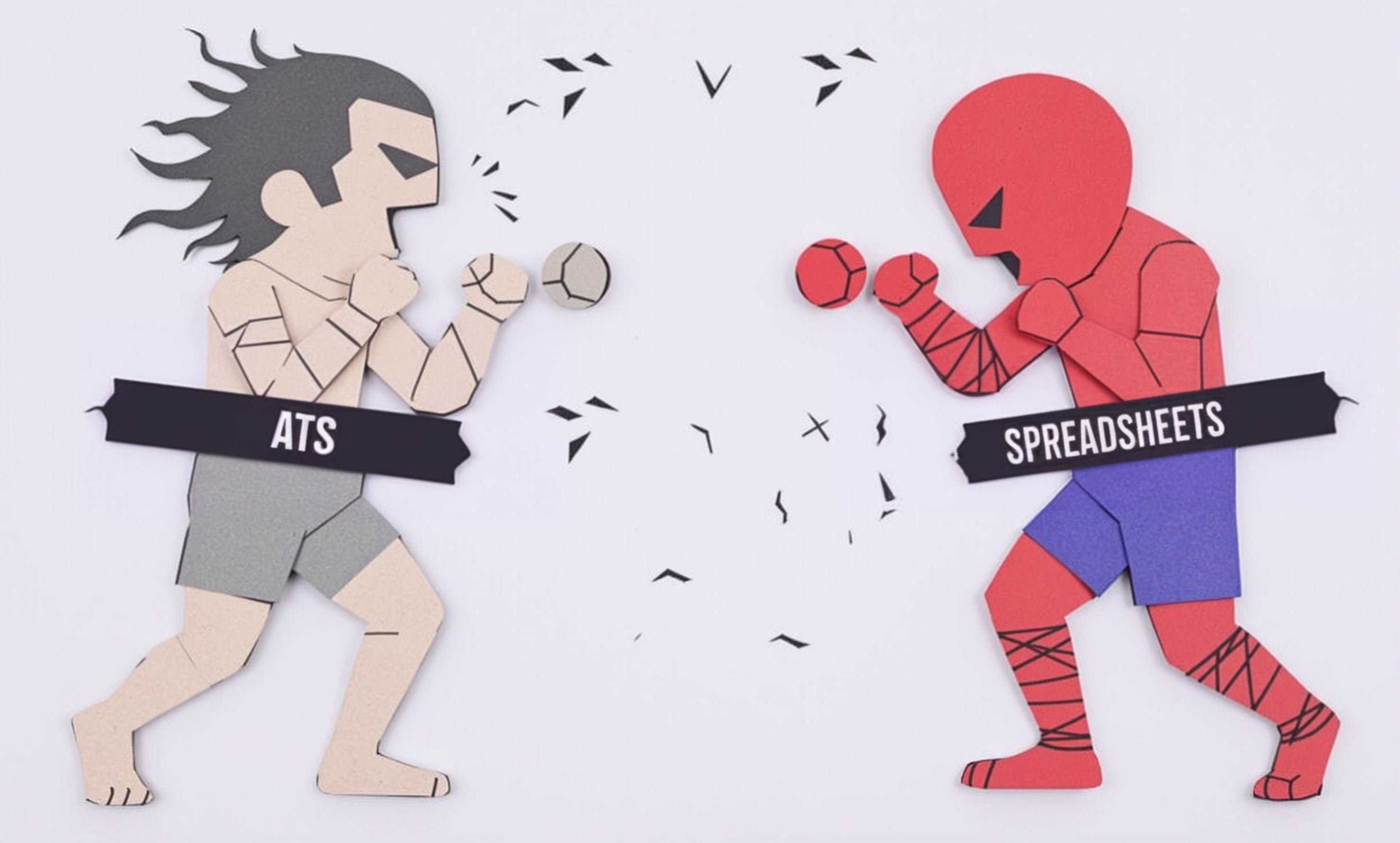
Log Format
Log Format is a way of recording video that captures more detail and information than standard video recording. Think of it as filming in a special way that gives editors more flexibility to adjust colors and lighting after filming is done. It's like taking a photo in RAW format instead of JPEG, giving more room to make adjustments later. This approach is common in professional filmmaking and high-end video production because it allows for better quality in the final product. When you see this term in a resume, it usually means the person knows how to work with professional camera settings and understands how to prepare footage for professional editing.
Examples in Resumes
Filmed documentary series using Log Format to ensure maximum color grading flexibility
Trained camera operators in proper Log Format and Flat Profile shooting techniques
Managed post-production workflow for Log Format footage on commercial projects
Typical job title: "Videographers"
Also try searching for:
Where to Find Videographers
Online Communities
Professional Networks
Industry Resources
Example Interview Questions
Senior Level Questions
Q: How do you decide when to use Log Format versus standard recording?
Expected Answer: A senior videographer should explain how they evaluate project requirements, considering factors like client needs, post-production timeline, and delivery format. They should mention balancing the benefits of Log Format with practical considerations like storage space and workflow efficiency.
Q: How do you manage a Log Format workflow from capture to delivery?
Expected Answer: Should describe the entire process from camera setup to final delivery, including data management, color correction stages, and how to maintain quality throughout. Should mention experience training others and establishing workflow standards.
Mid Level Questions
Q: What's your process for exposing Log Format footage correctly?
Expected Answer: Should explain how they use light meters, waveforms, or other tools to ensure proper exposure, and how they communicate these requirements to other team members.
Q: How do you handle Log Format footage in post-production?
Expected Answer: Should describe their experience with color grading Log footage, including basic correction techniques and how they maintain consistent look across multiple shots.
Junior Level Questions
Q: Can you explain what Log Format is and its basic benefits?
Expected Answer: Should be able to explain that Log Format captures more detail in highlights and shadows, making it better for color correction later, even if they're still learning the technical details.
Q: What experience do you have working with Log Format footage?
Expected Answer: Should be able to describe basic experiences with Log footage, even if just as part of school projects or assisting others, showing understanding of the concept.
Experience Level Indicators
Junior (0-2 years)
- Basic understanding of Log Format concepts
- Camera operation fundamentals
- Basic color correction knowledge
- Understanding of exposure principles
Mid (2-5 years)
- Confident Log Format exposure techniques
- Professional color grading ability
- Multiple camera system experience
- Efficient data management practices
Senior (5+ years)
- Advanced color grading and correction
- Complete workflow management
- Team training and supervision
- Technical troubleshooting expertise
Red Flags to Watch For
- No understanding of proper exposure techniques
- Unfamiliarity with color grading software
- Lack of experience with professional camera systems
- Poor knowledge of data management and backup procedures
Related Terms
Need more hiring wisdom? Check these out...

Beyond Borders: Mastering the Art of a Global Onboarding Calendar

Navigating Compliance: Structuring On-the-Job Training in Regulated Industries

Why Your Hiring Spreadsheets Are Secretly Sabotaging Your Recruitment

